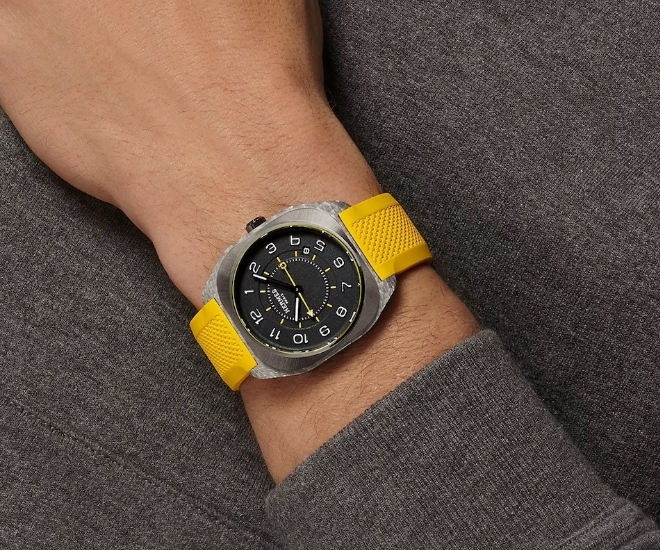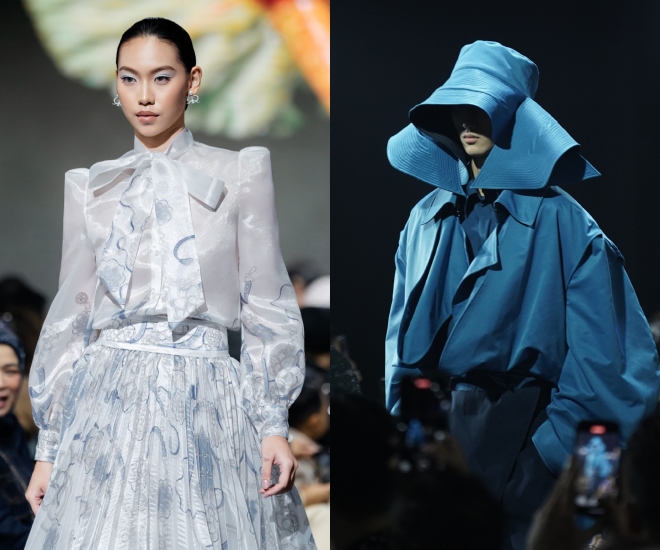
While Malaysian fashion designers can (at times) be overlooked by the nation’s regional neighbours, the recent showcase at Kuala Lumpur Fashion Week highlighted just how much potential there is within the local fashion industry. From seasoned stalwarts with decades-long legacies to a younger generation experimenting with form, identity and sustainability, Malaysia’s creative scene is ambitious and increasingly influential. Here, LUXUO spotlights eight noteworthy designers — divided between the Old Guards and the New Generation — whose work continues to shape the nation’s fashion narrative.
The Old Guards:
These designers and brands have established Malaysia’s fashion identity internationally and continue to evolve the notion of what it means to be a Malaysian luxury label. Designers like Dato Sri Bernard Chandran, Rizman Ruzaini, motoguo and FIZIWOO exemplify this enduring influence — each combining technical mastery with a distinct creative voice and demonstrating how thoughtful design can resonate across generations.
Dato Sri Bernard Chandran
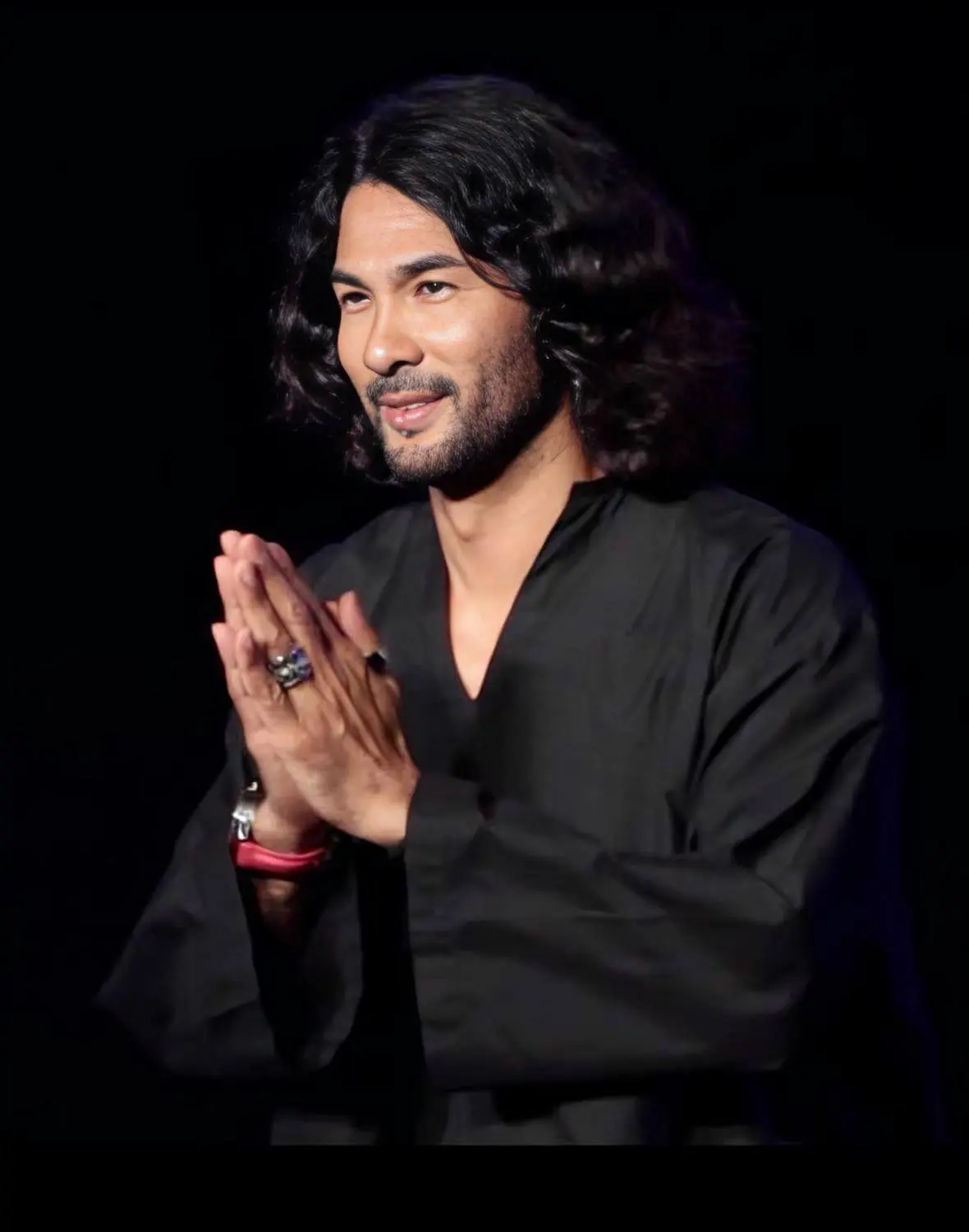
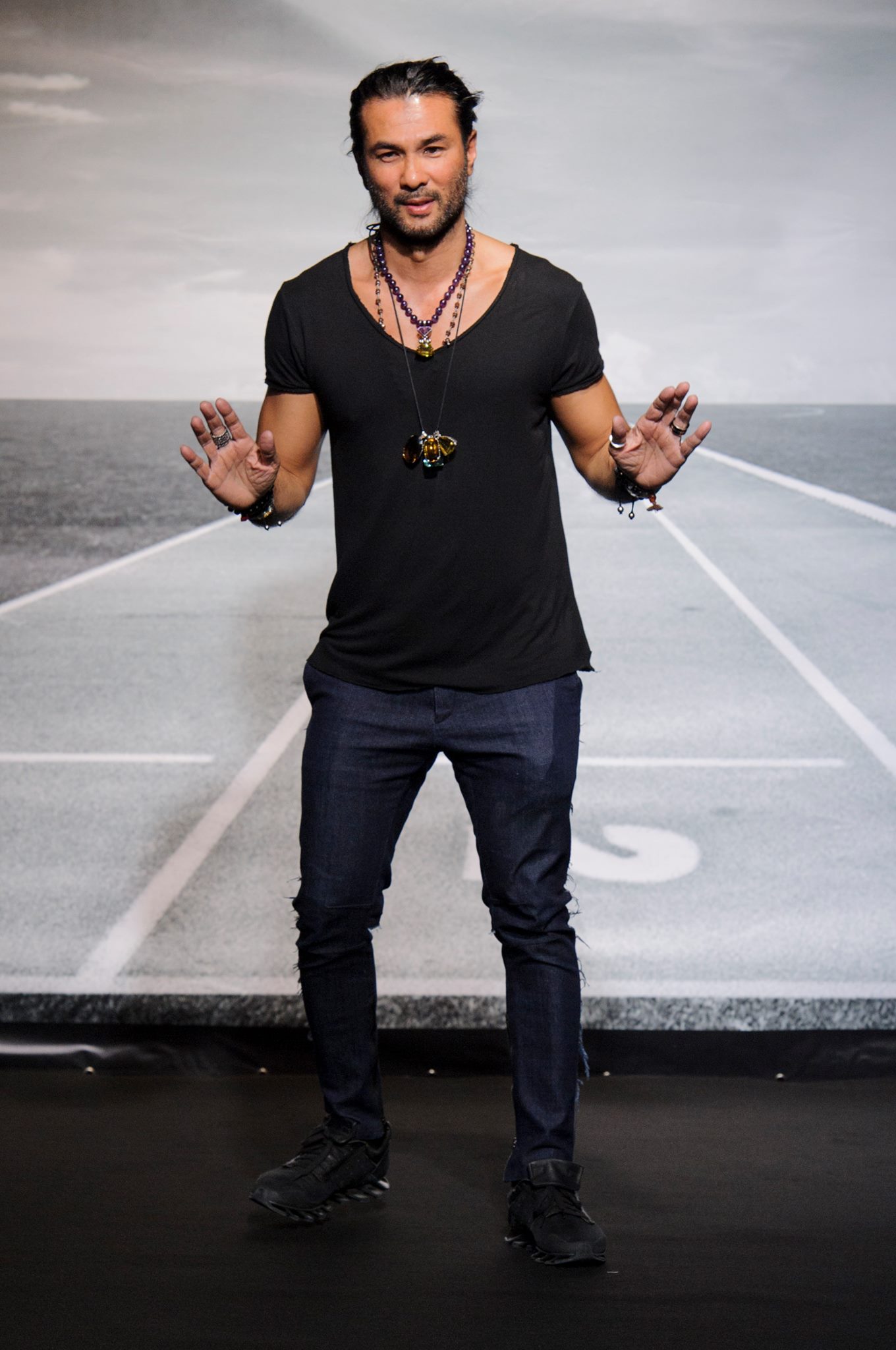
Often referred to as Malaysia’s King of Fashion, Dato Sri Bernard Chandran has been shaping Malaysia’s industry for more than three decades. Born in Kuala Lumpur to Indian and Chinese parents, he initially trained in accounting before pursuing design at Kuala Lumpur’s International Fashion Training College in 1988. His talent quickly gained international recognition, becoming the first non-European to win both the Silk Cut Young Designers Award and the Open European Contest for Look of the Year in Paris in 1991.
Returning home in the early ’90s, Chandran established his namesake label, reinterpreting traditional Malay dress with bold embellishments and unconventional fabrics. Chandran’s influence has extended well beyond Malaysia. He debuted at London Fashion Week in 2000, opened flagship stores in Kuala Lumpur and Paris and was commissioned to design the official attire for Malaysian athletes at the 2012 London Olympics. His work has dressed Malaysian high society as well as global icons such as Dato’ Michelle Yeoh and Lady Gaga. Honours such as his “Dato” title in 2006 and the Malaysia Fashion Awards’ Designer of the Year in 2017 recognise his contributions to both culture and industry. Today, Chandran continues to champion diversity and build on his legacy through exhibitions and digital platforms, solidifying his role as one of Malaysia’s most significant fashion figures.
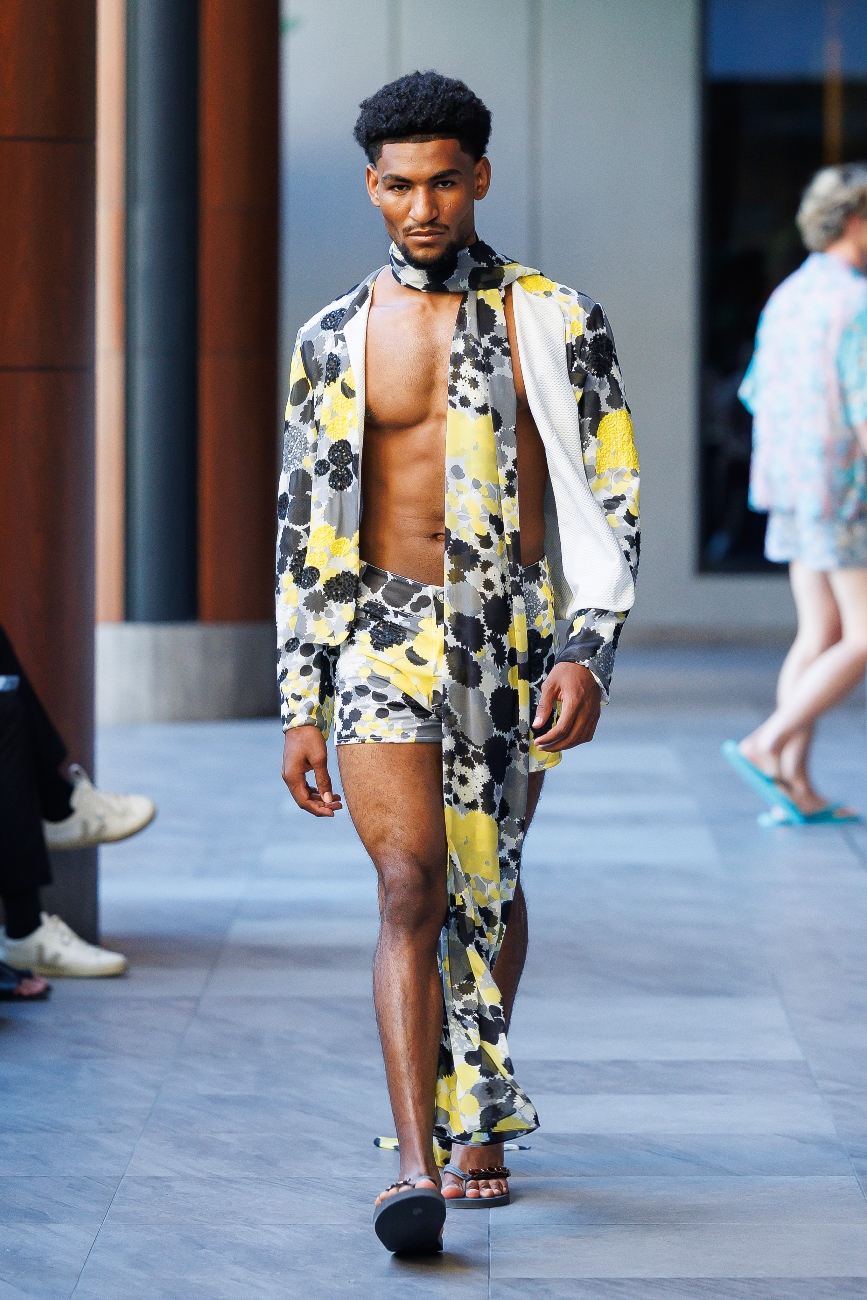

His BC Beach Culture collection reaffirms Bernard Chandran’s long-standing legacy as Malaysia’s “King of Fashion”. By reworking kaftans, Cuban shirts and beachwear staples with lace, crystals and couture-level finishing, BC Beach Culture extends his long-standing narrative of transforming everyday garments into objects of luxury. By transforming remnant fabrics into resort-ready luxury, Chandran not only continues his ethos of sustainability but also reinforces his reputation for pushing boundaries while keeping heritage at the heart of his design language.
Visit Dato Sri Bernard Chandran’s official website here.
Rizman Ruzaini

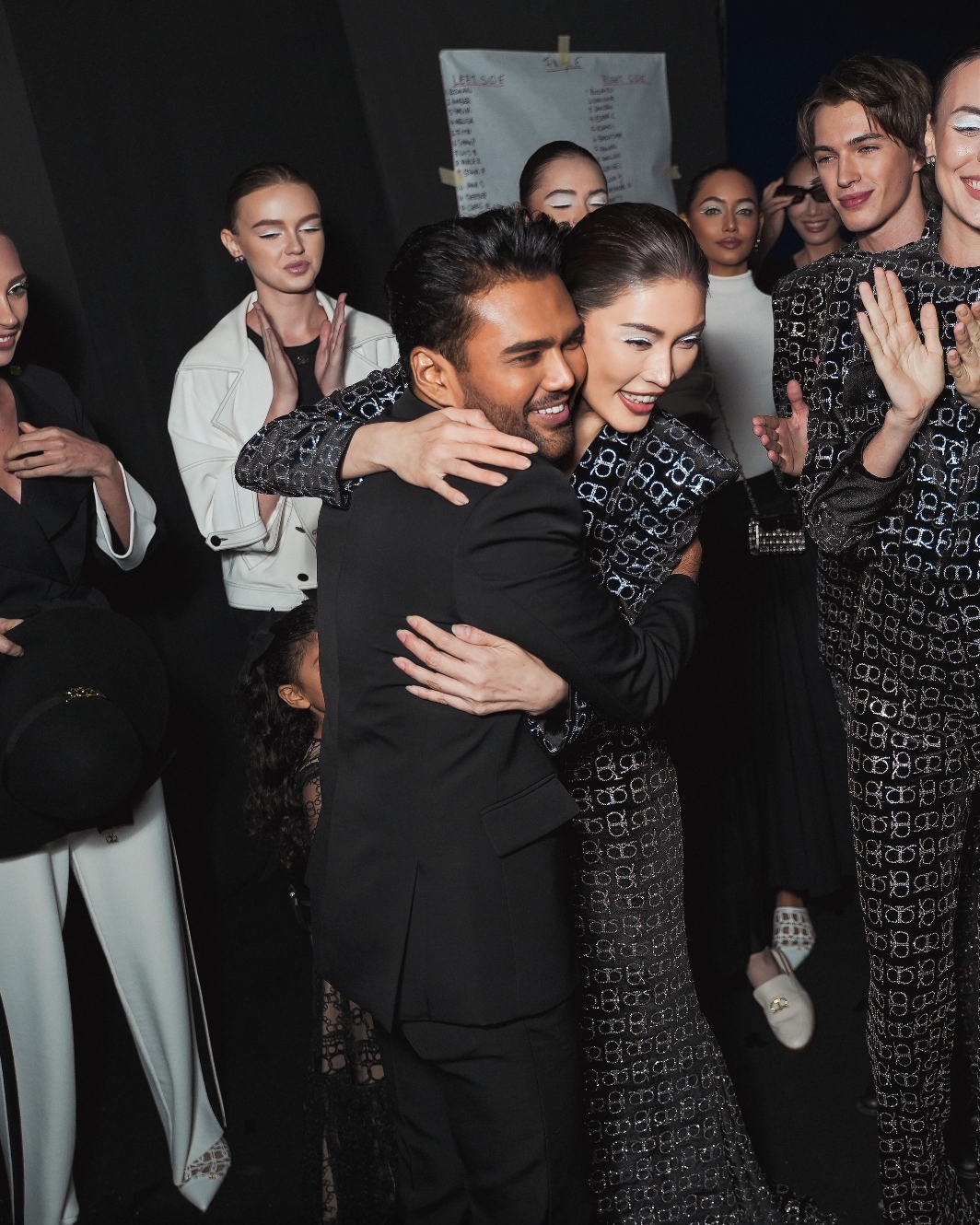
Rizman Nordin and Ruzaini Jamil first crossed paths as fashion students more than two decades ago, quickly recognising in each other a shared ambition and eye for glamour. By 2005, the duo had launched their namesake label, which would grow into one of Malaysia’s most recognisable fashion houses. Known for their sharp silhouettes, intricate detailing and couture-level finish, Rizman Ruzaini became synonymous with red-carpet dressing and has designed for many of Malaysia’s most prominent public figures.
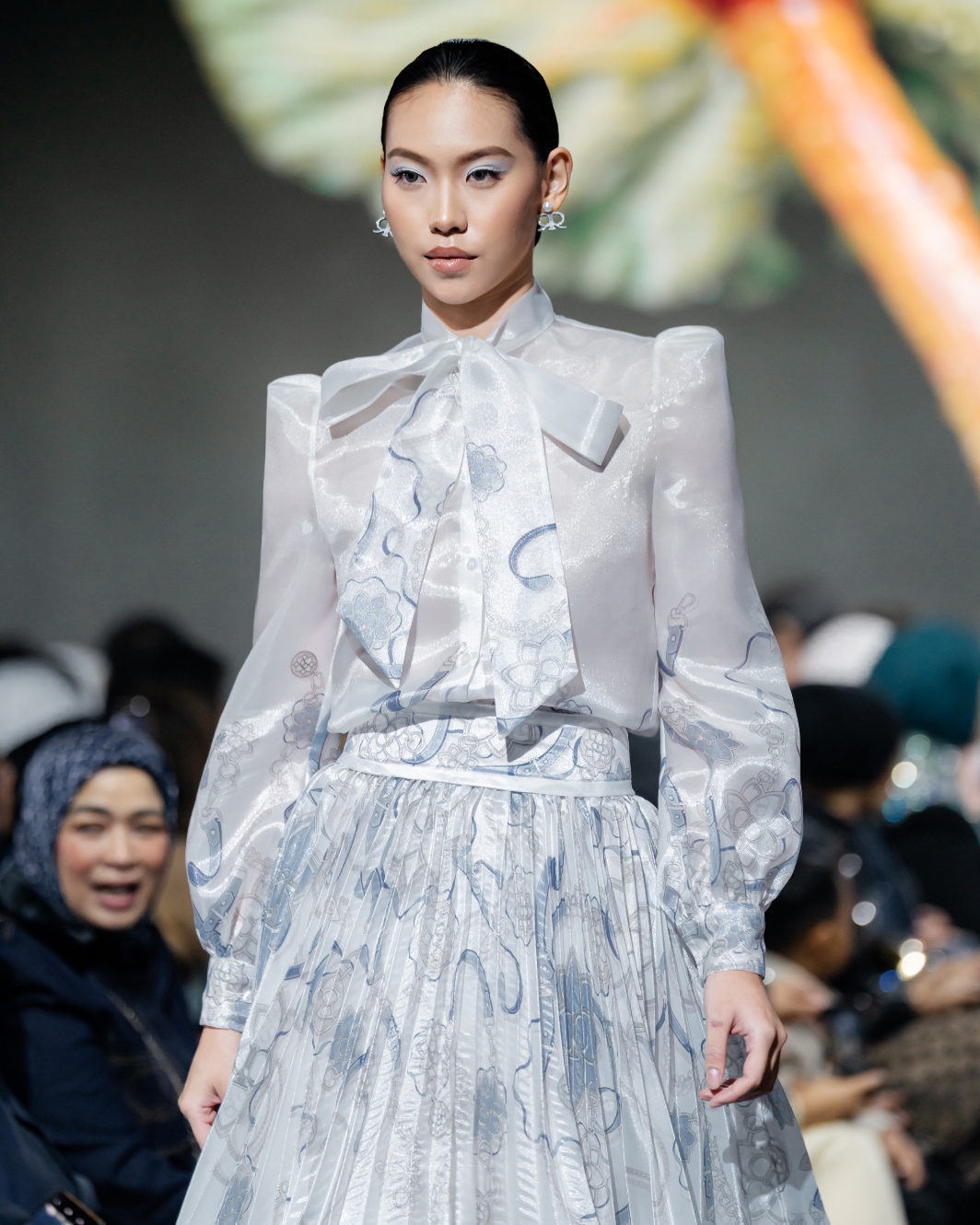
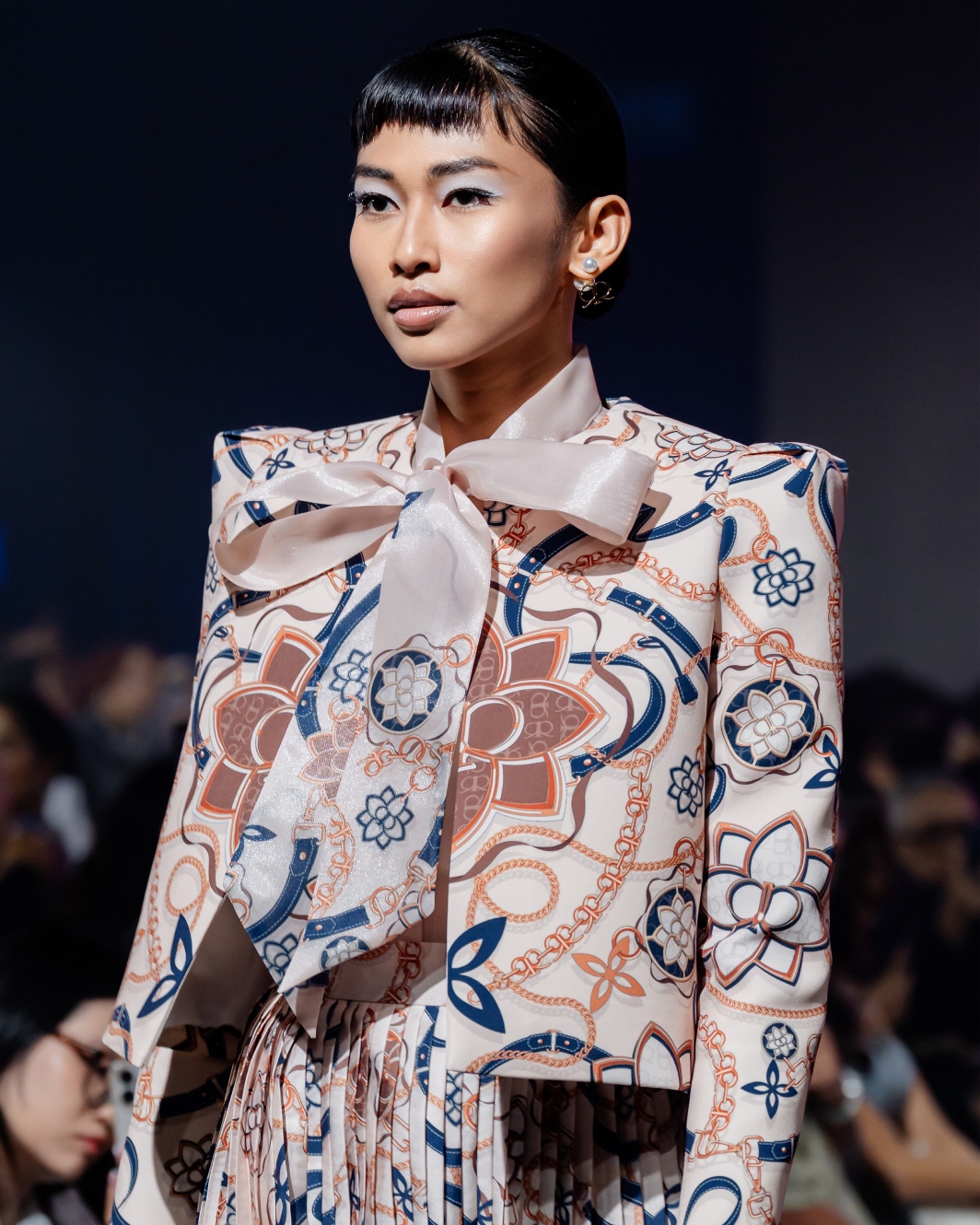
Over the years, the brand has balanced prestige with accessibility. While its couture creations remain the benchmark, the launch of RR by Rizman Ruzaini during the pandemic introduced a ready-to-wear line that brought their aesthetic to a wider audience. Today, the label operates at both ends of the luxury spectrum: creating bespoke, hand-finished gowns while also offering more attainable pieces that retain the brand’s signature sophistication.
Marking their 20th anniversary in 2025, Rizman Ruzaini unveiled a special Raya Capsule RTW Collection, revisiting some of their most celebrated silhouettes. Today, with couture and ready-to-wear coexisting under their umbrella, Rizman Ruzaini continues to balance aspirational artistry with business savvy — reinforcing their role as pillars of Malaysian fashion.
Visit Rizman Ruzaini’s official website here.
motoguo
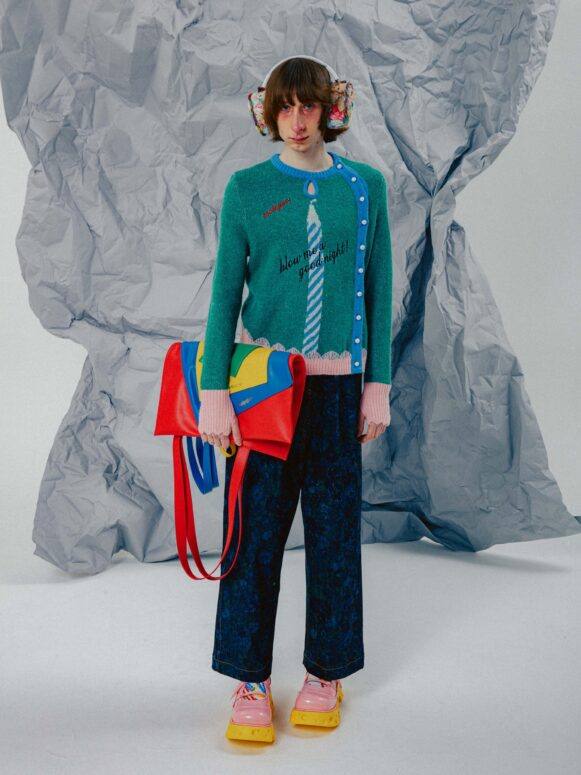

Founded in 2015 by Moto Guo, Kinder Eng and Jay Perry Ang, motoguo has become one of Malaysia’s most distinctive fashion exports. Originally launched as a menswear label, the brand quickly evolved into a genderless platform, known for pushing sartorial boundaries and conventional notions of identity and presentation. motoguo collections are recognisable for their offbeat storytelling, blending the romanticism of childhood nostalgia with satire to deliver bold, often unconventional design choices. Playfulness and cynicism sit side by side in their work, challenging conventional ideas of beauty and taste while cultivating a cult-like following across Asia and beyond.
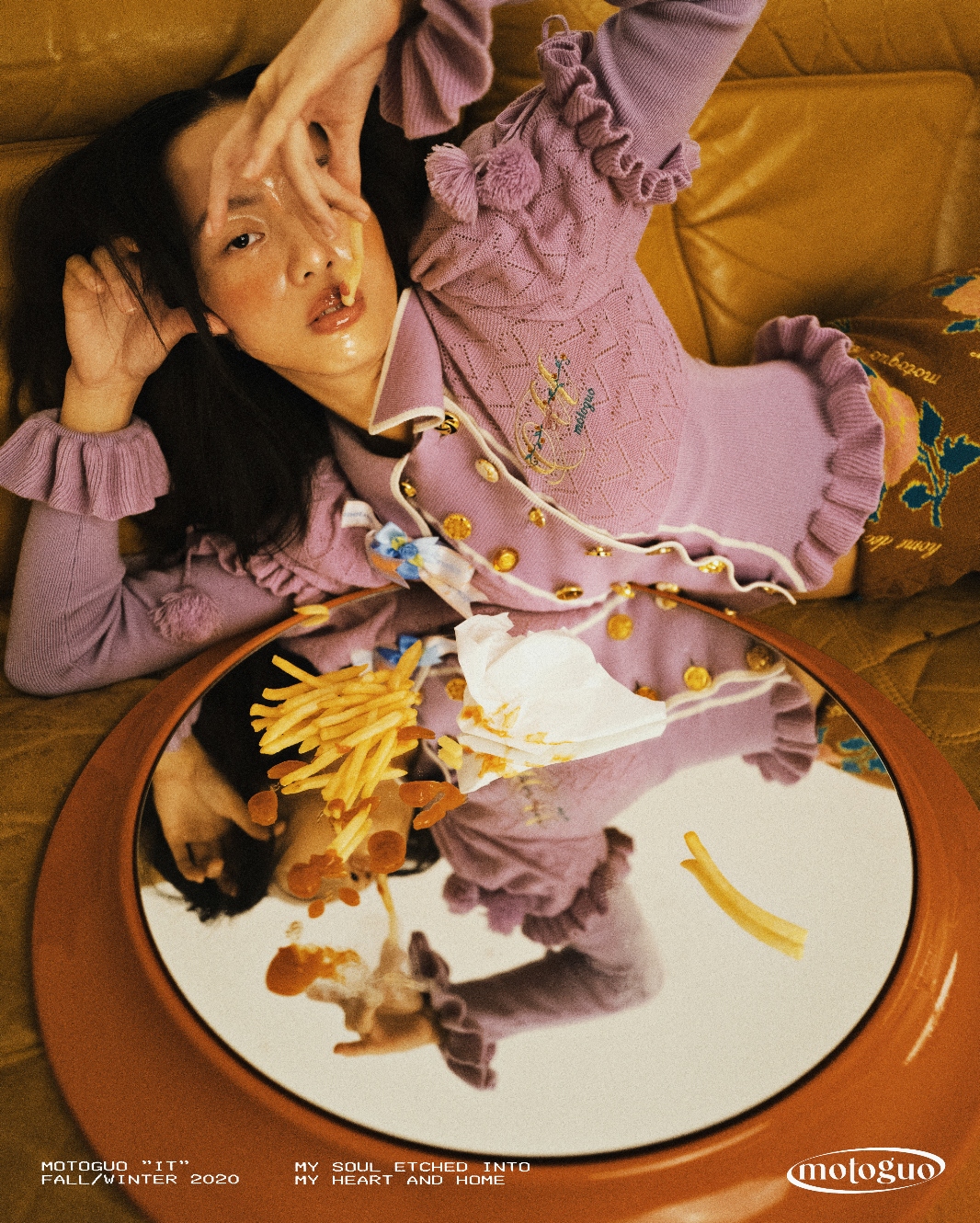

Both creative directors bring complementary perspectives: Moto Guo’s penchant for dark humor and precision detail is balanced by Kinder Eng’s softer, more romantic sensibilities. Together, they have crafted a brand language that is unmistakably their own. Today, motoguo is stocked internationally and has shown at global fashion weeks, positioning the label as part of a new generation of Southeast Asian designers making an impact on the global stage.
Visit motoguo‘s official website here.
FIZIWOO
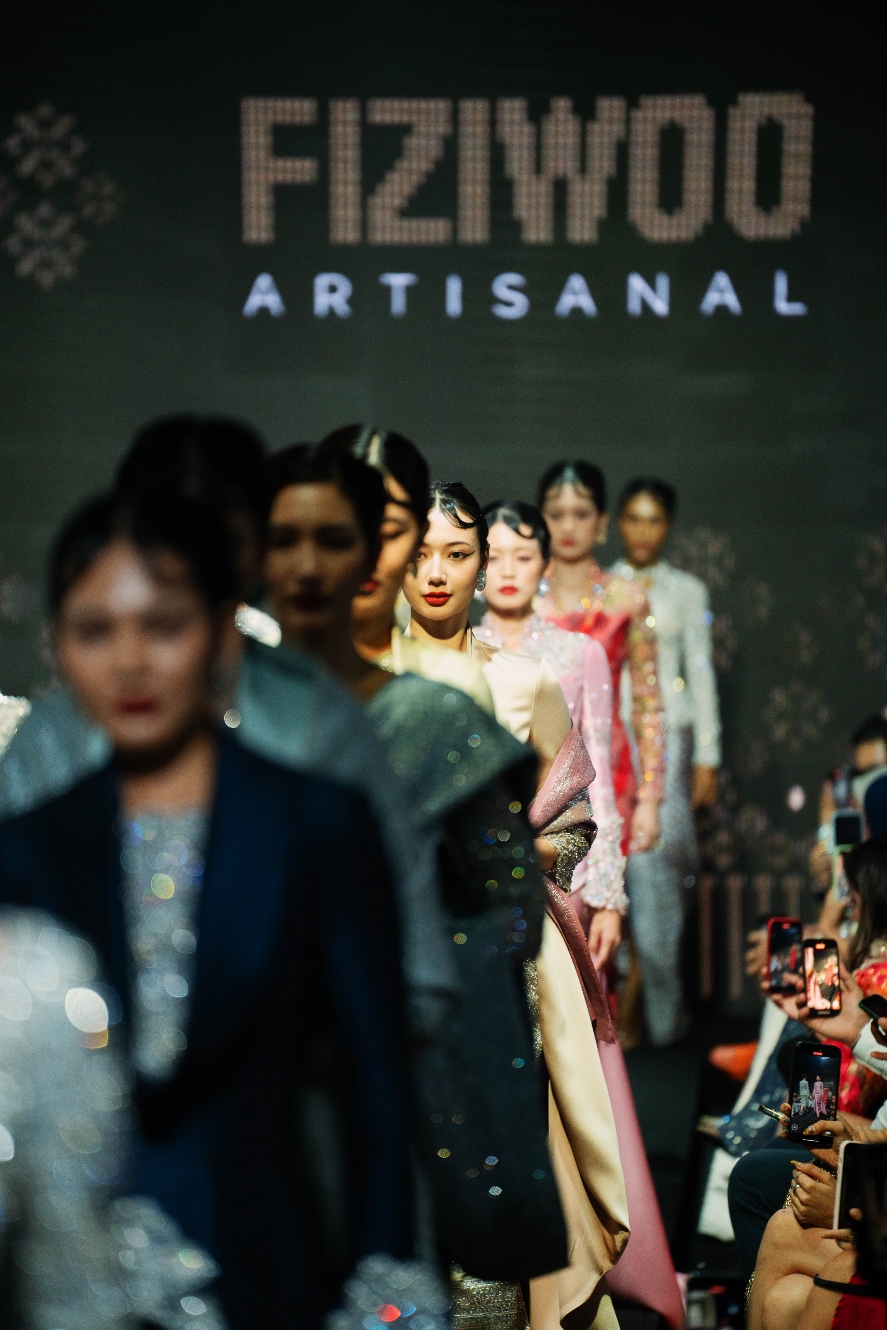
Founded in 2009 by Hafizi Radzi Woo — with Izree Kai Haffiz joining in 2011 — FIZIWOO has become one of Malaysia’s most prominent fashion labels. Hafizi’s early exposure in his mother’s tailor shop laid the groundwork for his precision — which combined with Kai’s architectural sensibility — shaped the brand’s strong emphasis on proportion and structure. FIZIWOO’s design signature — dramatic peplums, sculpted volume and meticulous construction — reflects a seamless fusion of engineering and romance. Their pieces are not only visually distinctive but technically ambitious.
Each year, their Raya collections underscore the brand’s inventive spirit. The “Riviera Raya” line, for instance, drew on Mediterranean motifs with soft pastels, guipure lace and jacquard textures — marking their 10th anniversary in festive fashion. The 2025 “Journey” collection took that further: inspired by Arabic souks and spiritual renewal, it revisited iconic silhouettes from the brand’s past decade and introduced its first Raya RTW Baju Melayu, merging modern tailoring with traditional Malay heritage. FIZIWOO’s ability to combine craftsmanship with cultural nuance — notably in festive dressing — continues to shape Malaysia’s fashion landscape.
Visit Fiziwoo‘s official website here.
The New Gen:
Emerging talent in Malaysia is pushing boundaries in sustainability, gender fluidity and experiential fashion. Designers like Kit Woo, Hatta Dolmat, HUNTILANAK and ShazNash are exploring new narratives, from conceptual tailoring and eco-conscious production to sculptural wearable art and bold runway statements. Their work is defined by an awareness of culture and community signalling a confident, forward-looking chapter for Malaysian fashion.
Kit Woo
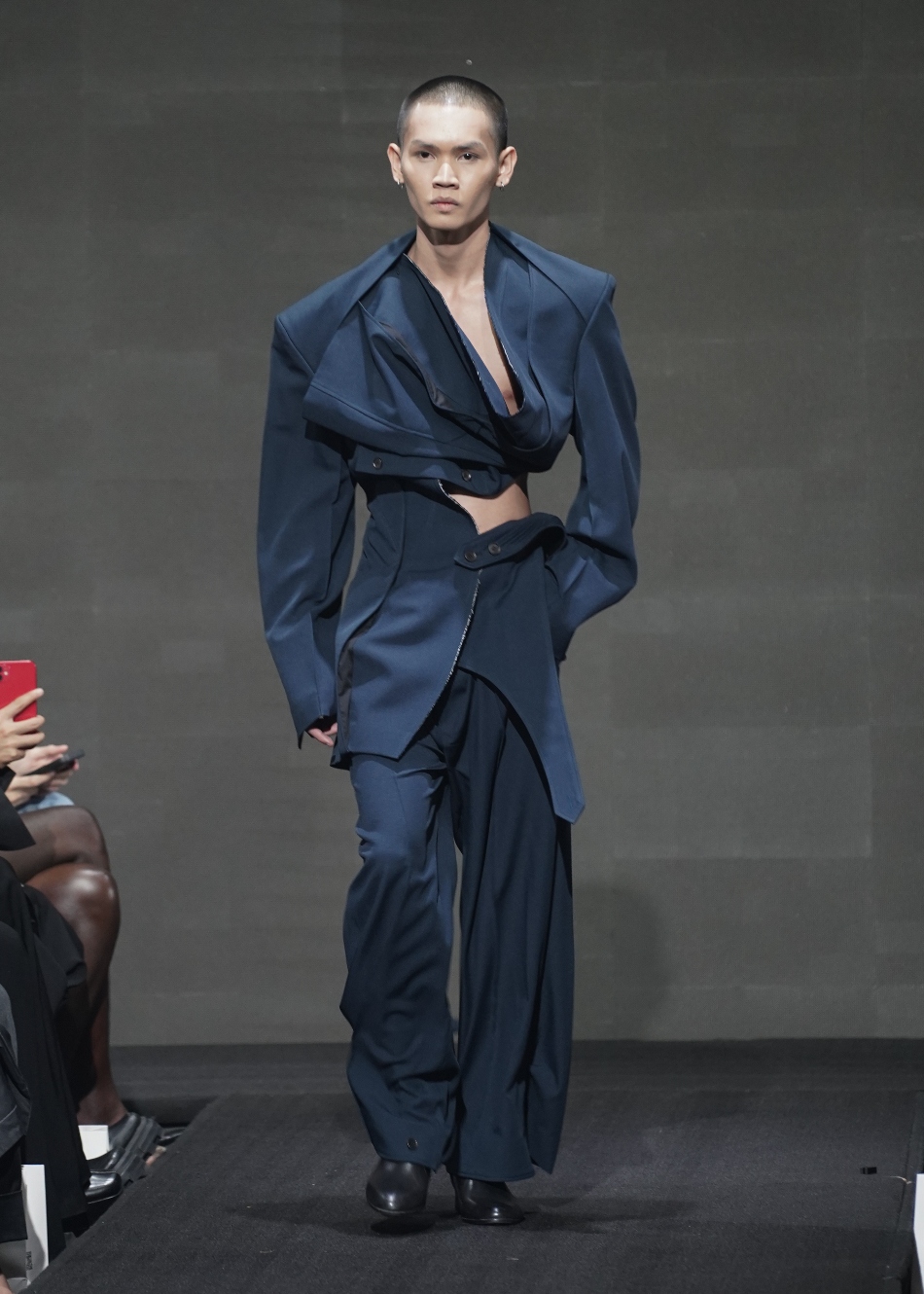
Since launching his eponymous label in 2016, Kit Woo has established himself as one of Malaysia’s most cerebral designers — renowned for deconstruction, sharp tailoring and a gender-fluid approach that pushes the boundaries of form and function. Trained at Raffles College of Higher Education in Kuala Lumpur and later in New York, Woo honed a design vocabulary rooted in technical experimentation and an almost architectural interrogation of clothing.
Each collection serves as both research and provocation. Woo often treats tailoring as a medium of inquiry, dismantling and reassembling familiar garments to question silhouette, proportion and perception. His work has been described as “fashion as critique” — intellectually driven yet grounded in impeccable construction.
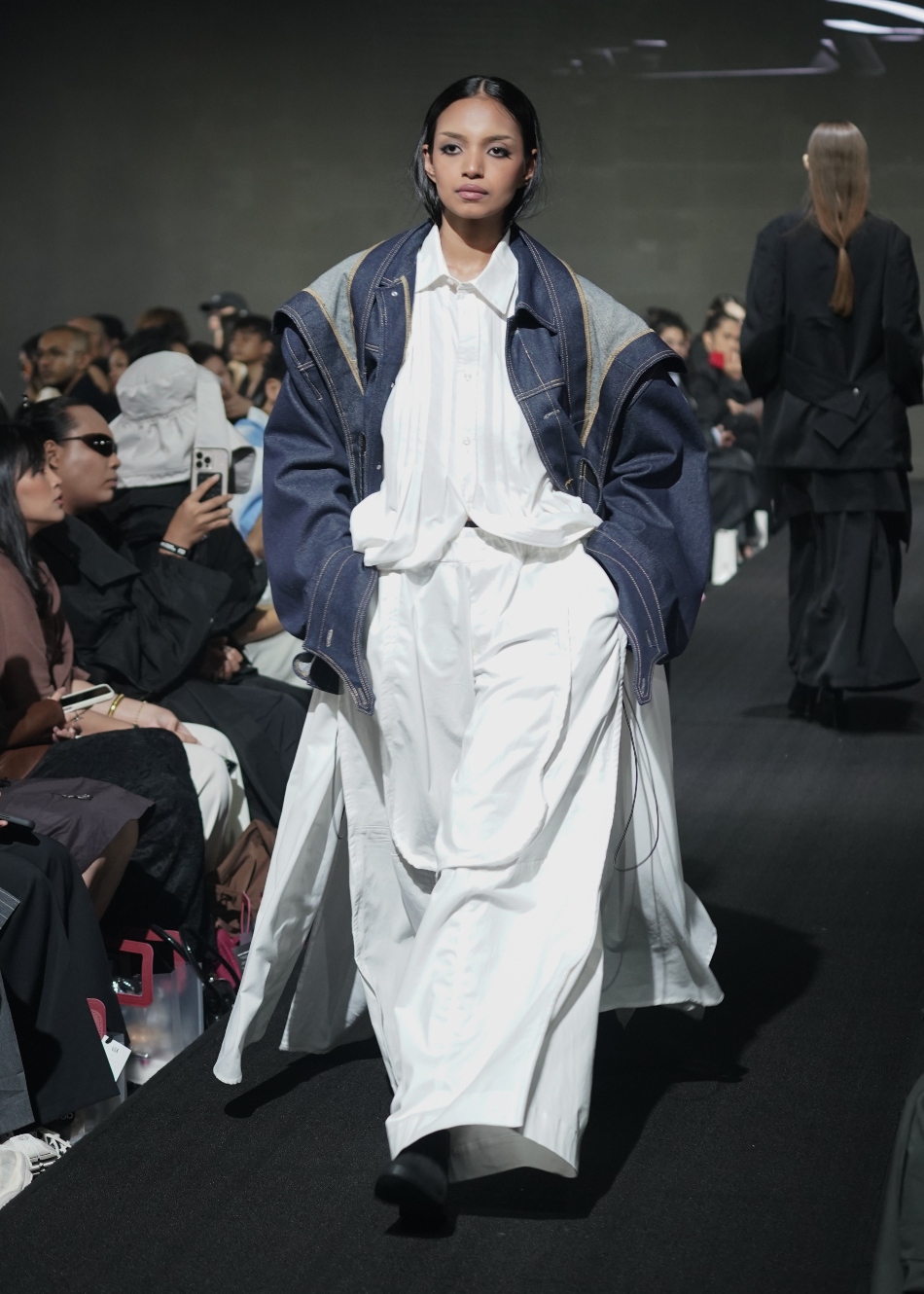
For his Ready-to-Wear 2025–26 collection — “The Earth is Flat” — Woo sharpened this vision further. The 23-look lineup explored the tension between flatness and volume, deliberately presenting garments that appeared two-dimensional from the front but revealed sculptural depth in profile. Key details included a hunchback drape that distorted blazer lines, a boomerang panel construction across trousers and skirts that created looping silhouettes and a re-engineered “bar jacket” — subverted into a masculine “armour” through set-in panels and bonded fabrics.

Despite his reputation for monochrome severity, Woo introduced teal and khaki this season, expanding his palette while maintaining the stark, architectural feel of his work. Oversized slant shirts and streamlined skirts offered more accessible entry points into the collection, though always within the uncompromising framework of his design language. Positioned within Malaysia’s fashion scene, Kit Woo remains distinct: less concerned with mainstream commerciality than with cultivating an avant-garde perspective.
Visit Kit Woo’s official website here.
Hatta Dolmat
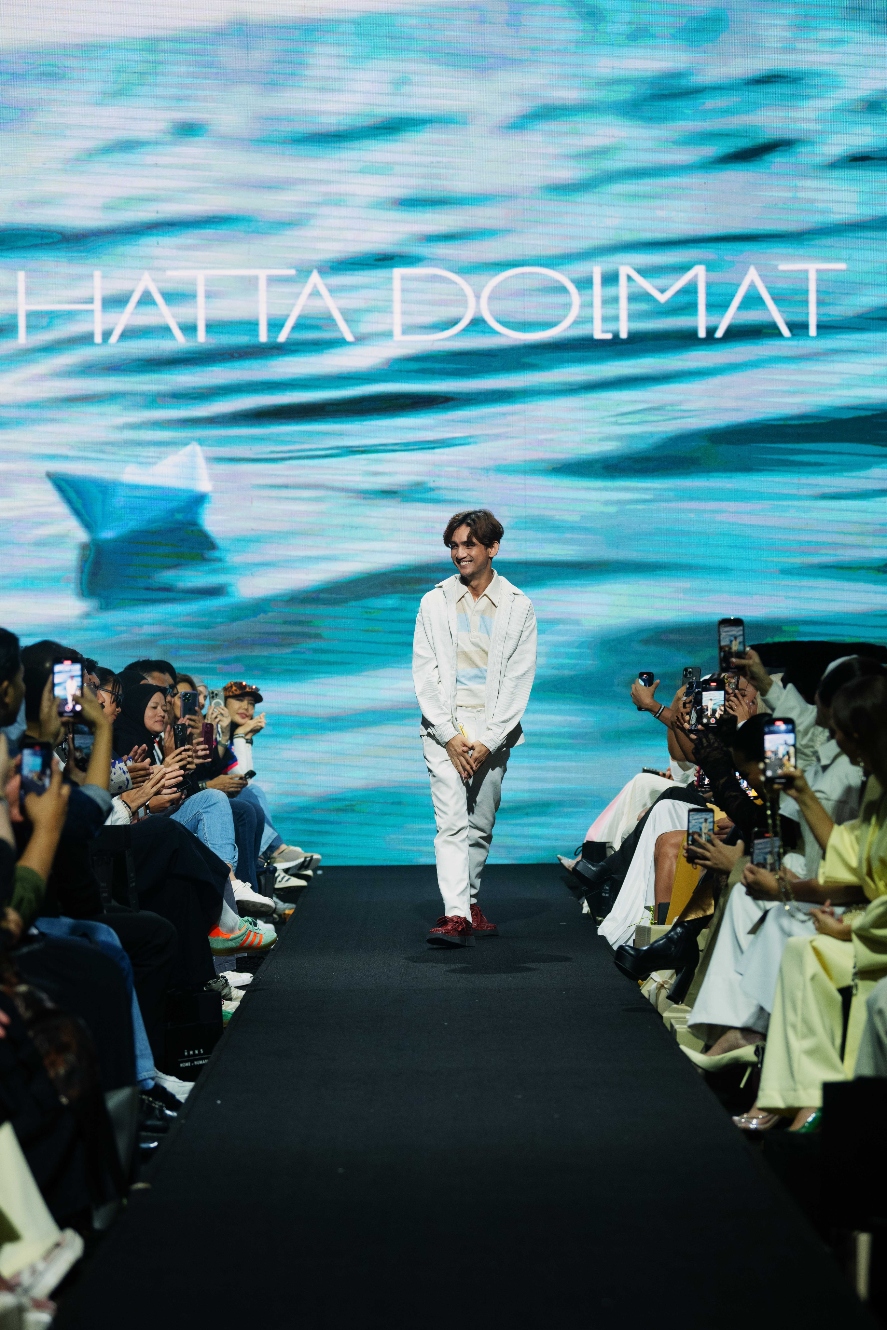
Hatta Dolmat has emerged as a leading voice in Malaysia’s sustainable fashion movement. Recognised as the country’s first fully sustainable fashion designer, he made history with a collection officially documented by the Malaysia Book of Records, setting a benchmark for environmentally conscious clothing production. At the recent Kuala Lumpur Fashion Week 2025, Hatta presented his latest collection — “Perahu Kertas” — marking a decade-long journey with the platform. Drawing inspiration from the delicate, weightless form of a paper boat, the collection reflects resilience and the personal evolution of the designer. Breathable fabrics such as cotton, linen and denim anchor the pieces in practicality, while origami-inspired silhouettes and subtle details infuse the collection with a sense of memory and craftsmanship.
Beyond clothing, “Perahu Kertas” also featured a collaboration with Opai to launch the fragrance “HOPE”, merging scent and design into an intimate, multisensory runway experience. Through this project, Hatta underscores his commitment to sustainability, thoughtful storytelling and cross-disciplinary creativity, positioning himself as a standout figure in Malaysia’s next generation of fashion innovators.
Visit Hatta Dolmat‘s official social media here.
HUNTILANAK
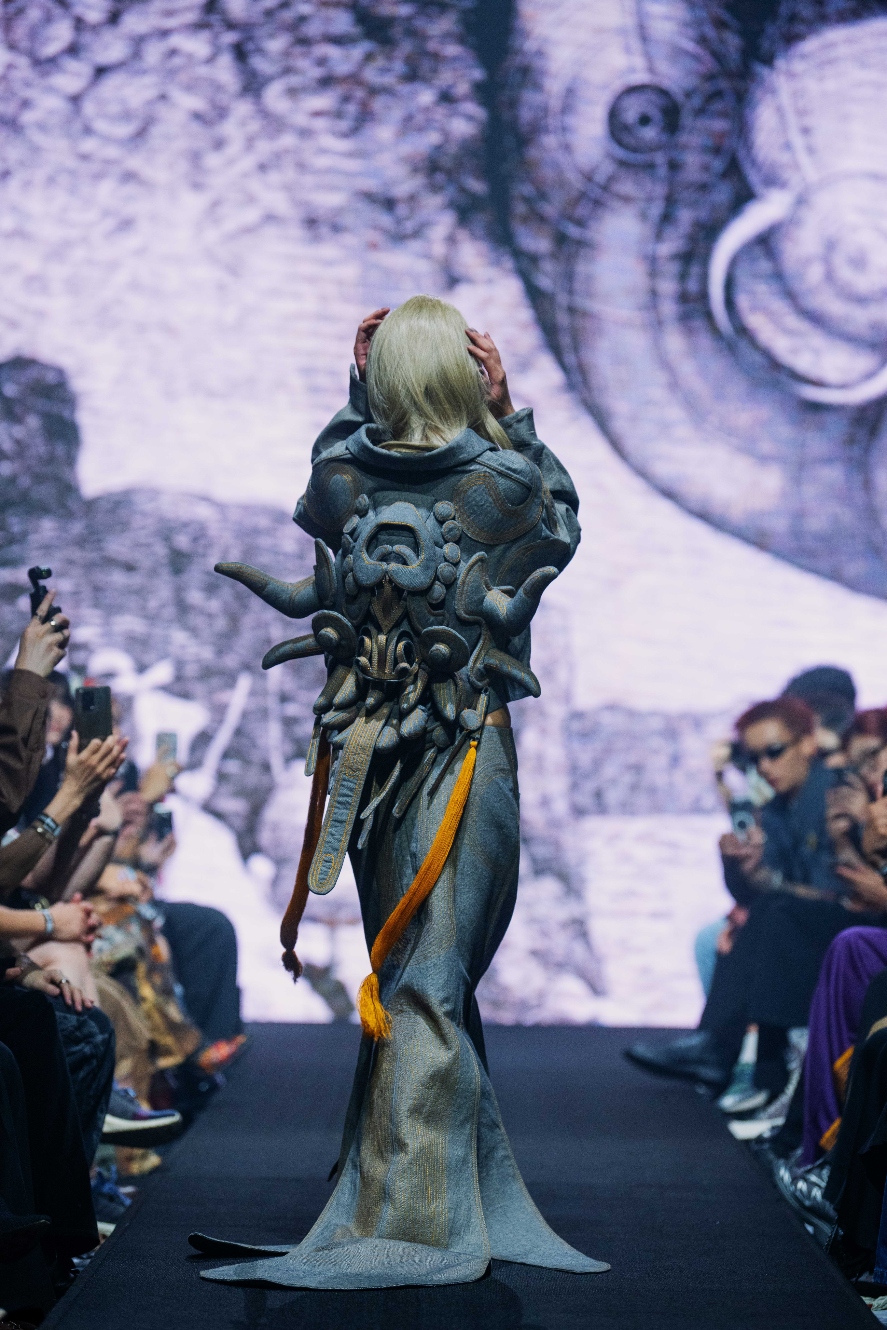
Founded by Kuala Lumpur-born designer Ryan, HUNTILANAK is a Malaysian label that transforms traditional motifs and personal experimentation into wearable art. The brand is best known for its “Monster Jackets,” denim pieces featuring 3-D recreations of Asian masks, complete with protruding horns, jagged teeth and expressive eyes. Each garment merges craft and concept, often hand-sewn and incorporating unconventional textures inspired by Southeast Asian culture and Ryan’s personal archive of abstract material explorations.
Ryan’s design approach is deliberately sculptural and performative. Functionality takes a backseat to artistic expression, with garments conceived as statements rather than utilitarian clothing. The creative process often involves repurposing past experiments — from fossilised materials to childhood discoveries — translating them into three-dimensional, tactile forms that bring the label’s imaginative universe to life.
HUNTILANAK has gained recognition across global fashion platforms, including Highsnobiety, The Vanilla Issue and vast social media coverage from major fashion weeks — marking Ryan as one of Malaysia’s most compelling up-and-coming voices in contemporary fashion. The brand continues to evolve as Ryan works toward expanding his Monster-inspired collection, positioning HUNTILANAK as a bridge between local cultural heritage and conceptual fashion experimentation.
Visit HUNTILANAK’s social media here.
ShazNash
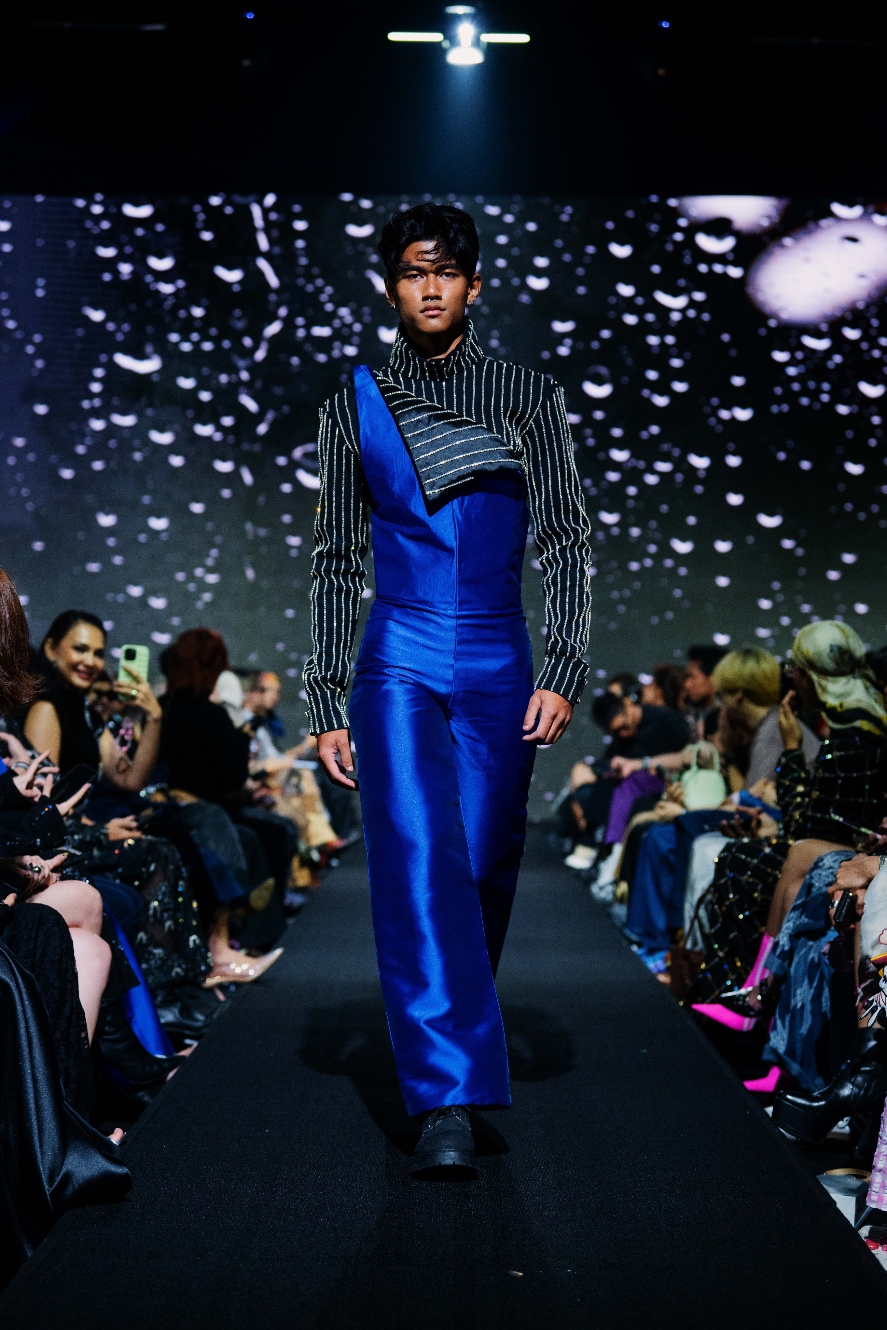
ShazNash made a striking debut at Kuala Lumpur Fashion Week (KLFW) 2025, showcasing a collection that captivated audiences with its intricate detailing and bold design choices. The brand’s presentation featured a blend of textures and embellishments, including feathers, stripes and teardrop jewels — creating a visual feast that illuminated the runway. In the realm of menswear, ShazNash introduced power suits crafted from creamy velvet, adorned with corsetry elements and oversized brooches. These designs not only highlighted the brand’s commitment to craftsmanship but also underscored its ability to merge traditional tailoring with contemporary flair.
The debut at KLFW 2025 marked a significant milestone for ShazNash, positioning the brand as a promising new voice in Malaysia’s fashion landscape. With a keen eye for detail and a bold approach to design, ShazNash is poised to make a lasting impact in the industry.
Visit Shaznash‘s official social media here.
For more on the latest in luxury fashion and style reads, click here.

